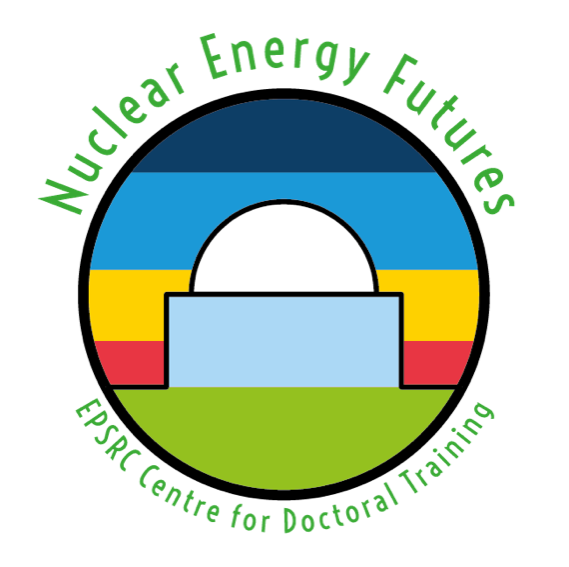Nuclear Fusion
The Most Important Reaction in the Universe
Nuclear fusion is the most important reaction to life on earth. Without it, we would have no heat and no light. Even the atoms which make up the our bodies and the earth itself would not exist, if not for fusion.
This is because fusion is the reaction which powers our Sun and every other star in the universe. The fusing of smaller atoms into a larger atoms creates a huge amount of energy, as well as the diverse number of elements we can see in the periodic table today.
Every element on the periodic table has been formed through fusion, either at the centre of stars like our Sun, in the centre of a supernova, or in a laboratory
But why does this reaction produce energy?
In order to understand it, we’ll need the help of Albert Einstein and his most famous equation:
When the smaller atoms fuse to form a larger atom, the mass of the larger atom is less than the sum of the mass of the smaller atoms. This means that some mass has been lost.
As we know, the speed of light, c, is a constant (about 300 million m/s), which means that in order for a system to lose mass, m, it must as well lose energy, E.
And so, with every fusion event which occurs, a huge burst of energy is released, producing the heat and light. This is the energy we feel and see from our Sun every day, as well as the light from distant stars we can see in the nights sky.
Fusion as an Energy Source
So, we know there is a huge energy release produced by the fusion reaction, and we can see the reaction every day when the Sun rises, so why has humanity not yet been able to harness this power as an energy source?
The answer lies, unsurprisingly, in recreating the conditions at the centre of the Sun. What may be surprising however, is that it is not the temperature which presents the problem.
The temperature at the centre of the sun is approximately 15 million degrees Celsius. While reaching this temperature is difficult, scientists attempting to build a fusion device achieved this remarkable temperature as early as 1958!
The difficulty in recreating the conditions in the Sun lies in the pressure, with pressure of up to 100 billion atmospheres being reached. That’s equivalent to around 8000 double-decker buses being balanced on the head of a pin!
These enormous pressures are not achievable on Earth, however the lower pressures can be compensated by increasing the temperature further.
Current fusion projects, such as the International Thermonuclear Experimental Reactor, or ITER, estimate that temperatures of 150 million degrees Celsius, 10 times hotter than the sun, will be required.
This brings us to the problem all fusion projects have faced since the inception of the technology; Breakeven.
Breakeven is the measure of the energy produced by a reactor vs the energy required to keep the reactor running. Due to the incredibly high temperatures required and power needed to run other vital systems, many fusion reactors fail to reach this value, however newer and better technology brings us closer to this every day.


